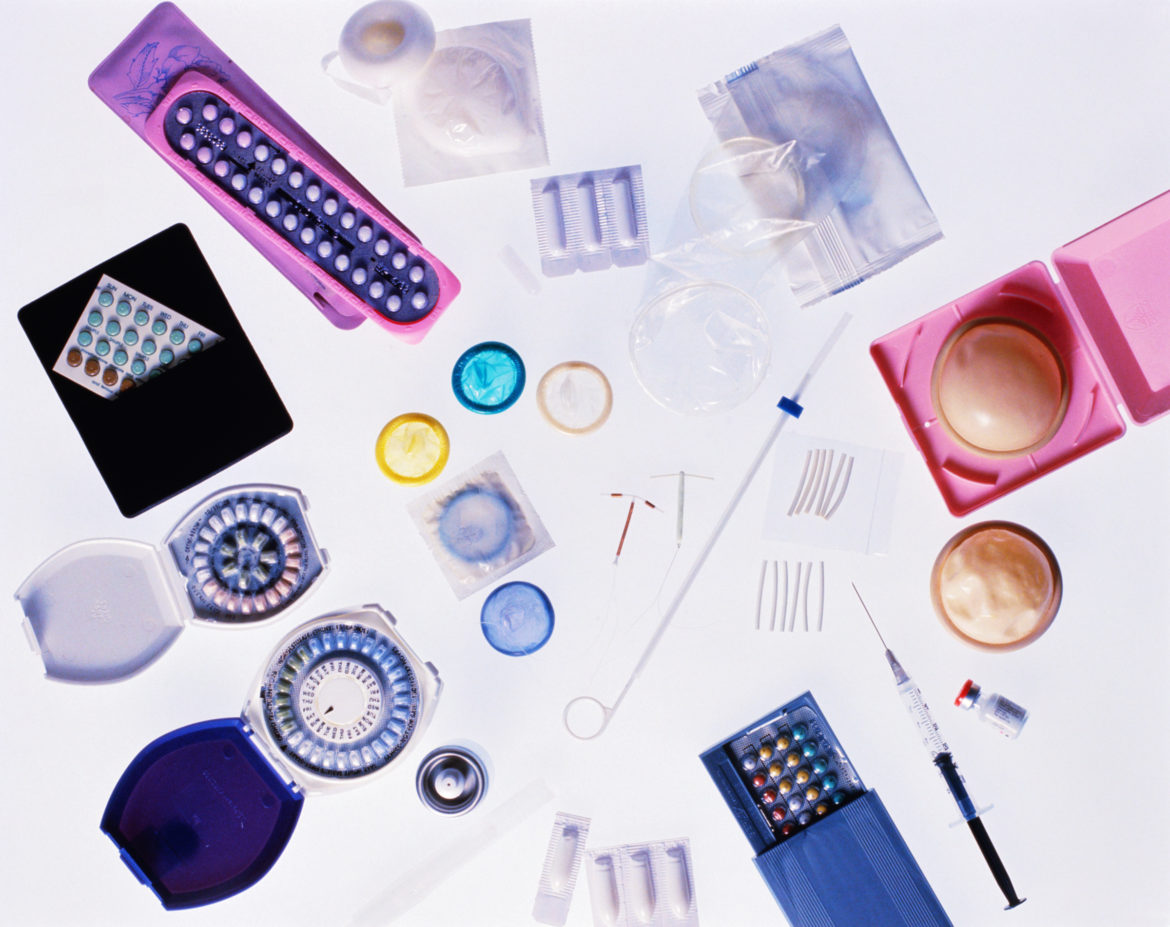934
By Asmau Ahmad
Nigeria currently has a 13. 9 percent Modern Contraceptive Prevalence Rate (mCPR) for all women, an economist has said. Mr Adebiyi Adesina, is a Senior Economist with Avenir Health on Track20, a U.S. based company.
Newsmen report that the Federal Government of Nigeria in collaboration with partners and private sector stakeholders pledged to achieve a modern contraceptive prevalent rate of 27 percent in Nigeria among all women by 2020.
mCPR refers to a proportion of women, ages 15-49, who are using, or whose sexual partners are using a modern method of contraception including hormonal and barrier methods, sterilisation, emergency contraception, Lactational Amenorrhea Method (LAM) and standard days/cycle beads method.
FP2020 is an outcome of the July 2012 London Summit where over 20 countries committed to enabling 120 million more women and girls, have access to live-saving contraceptives, irrespective of where they live by 2020.
Achieving the FP2020 Goal is a critical milestone to ensuring universal access to sexual reproductive health services and rights by 2030, as laid out by the Sustainable Development Goals 3 and 5.
Adesina, a Health Economist and Country Lead for the Track20 Project, told newsmen on Thursday in Abuja that the 13.9 percent mCPR is a national average as situations in each state varies.
According to Adesina, based on this current data, Oyo State has the highest mCPR; but this should not be used to compare to states because the contexts are different.
Adesina said that in terms of programme implementation, data is key and state data is going to be even more crucial in achieving the contraceptive usage and FP2020 targets.
“It is up to the states to make that decision to drive this by also designing programmes, policies on how to improve FP programmes and service delivery.
“These will include commitment to budgeting and financing, improved distribution, increased sensitisation and other interventions,’’ Adesina said.




